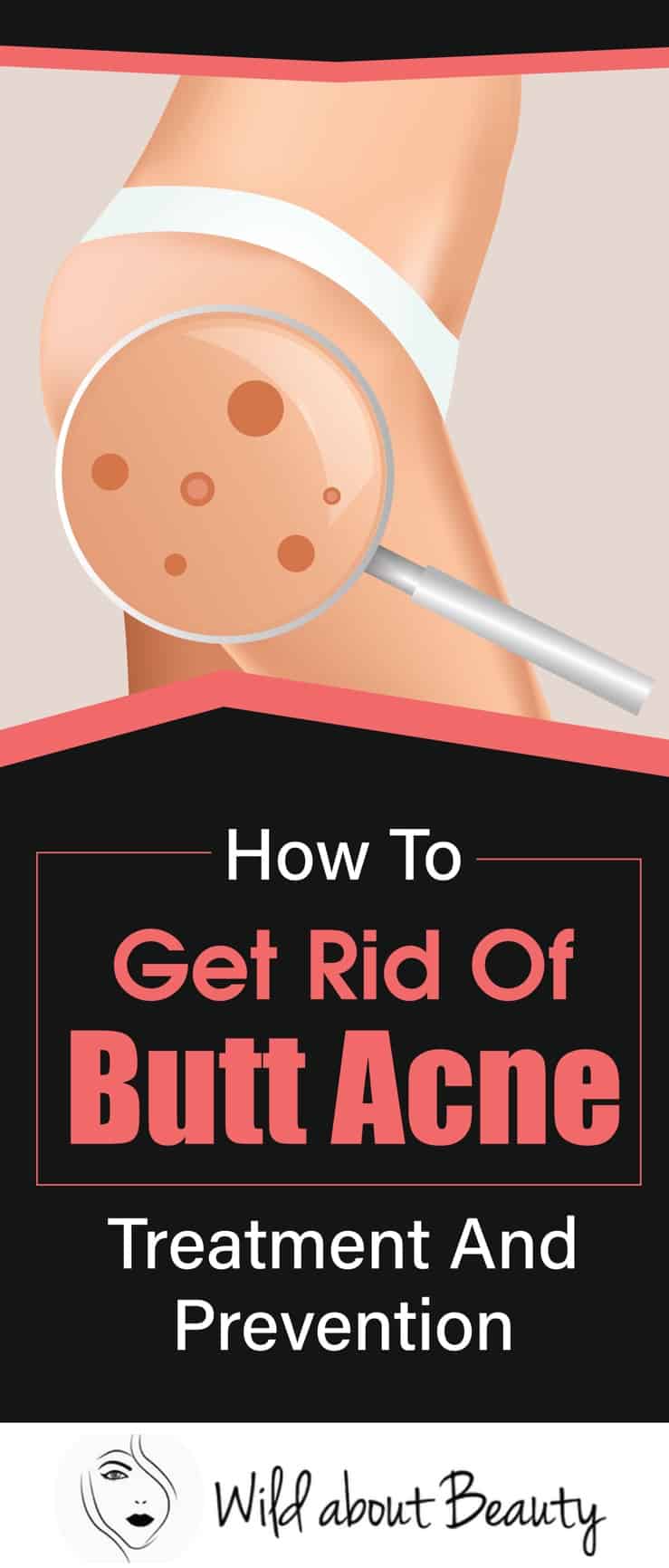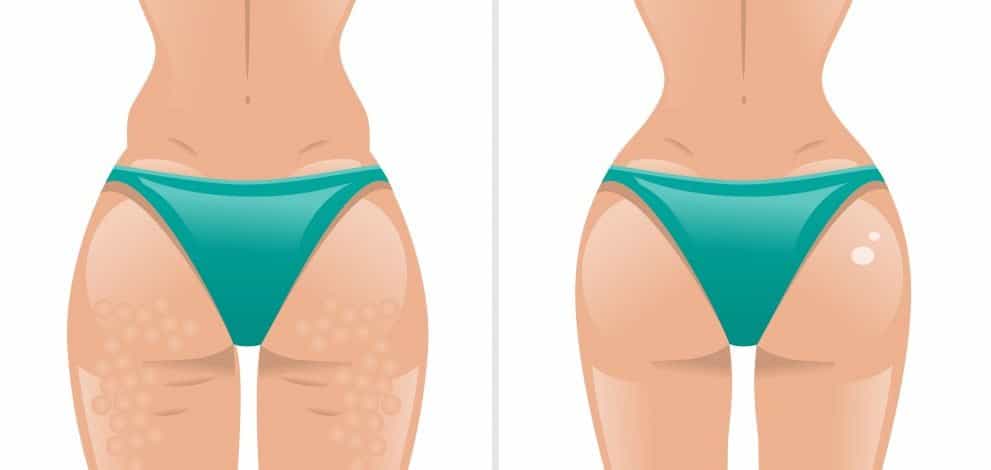Butt acne can be a frustrating and painful issue that many individuals face. Unlike facial pimples, acne on the buttocks is often more challenging to treat due to its distinct nature. However, understanding the causes and proper treatment strategies for this stubborn skin condition can help alleviate the irritation and unsightly appearance.
While some may think that the presence of butt acne is simply due to poor hygiene, this is not necessarily the case. There are various factors that could contribute to the development of this condition, such as excessive moisture, friction, and even an individual’s diet, including protein intake. In order to effectively combat butt acne, it’s crucial to explore the different prevention methods and treatment options available.
Chapter Overview
What Is Butt Acne?
Butt acne, often mistaken for traditional acne, is actually folliculitis. This mild infection affects hair follicles, causing inflamed, pus-filled red bumps and pimples. Common factors contributing to the development of butt acne include:
- Chronic rubbing: Tight-fitting clothing or repeated friction on the skin.
- Waxing: The act of hair removal from the buttocks may lead to folliculitis.
Being a distinct issue from facial acne or acne vulgaris, butt acne requires a different approach to treatment.
What Causes Butt Acne?
Butt acne occurs due to a combination of factors that lead to bacterial infection and blockage of hair follicles. Here are some common factors that can contribute to the development of butt acne:
- Bacteria and Sweat: Wearing sweaty and wet clothes after exercise can cause sweat to dry over pores, leading to inflammation and ultimately, acne. It is essential to change clothes following a workout to avoid this issue.
- Sitting for Prolonged Periods: Sitting excessively may also contribute to the development of butt acne. People with sedentary jobs should try to spend time walking around and standing to minimize this risk.
- Underwear Hygiene: Wearing old and worn underwear can cause dirt, sweat, and oils to accumulate and come into contact with the skin, promoting acne formation. It is crucial to change underwear regularly to maintain good hygiene.
- Friction and Tight Clothing: Tight-fitting clothes can trap sweat and oil against the skin, blocking hair follicles and leading to acne. Choose loose and breathable clothing to minimize this risk.
- Hair Follicle Factors: Blocked hair follicles, dead skin cells, oil (sebum) buildup, and infection by Staphylococcus aureus are other common causes of butt acne.
- Lifestyle and Genetics: Factors like stress, diet, and genetics may also play a role in the development of acne.
- Fungal Infections: Apart from bacterial infections, fungal infections can cause similar symptoms and contribute to butt acne.
By understanding these factors and taking measures to avoid them, individuals can help reduce the likelihood of developing butt acne.
What You Should Not Do For Butt Acne?
When dealing with butt acne, it’s essential to understand that it differs from facial acne and requires different treatment methods. To prevent worsening the condition, avoid the following actions:
- Do not pop or pick pimples: This can lead to further irritation, inflammation, and potential scarring.
- Avoid shaving: Shaving can irritate the skin and may clog hair follicles, worsening inflammation.
- Skip the loofah: While tempting, scrubbing with a loofah does more harm than good, as it exacerbates inflammation and irritation.
- Refrain from waxing: Waxing obstructs hair follicles and can aggravate inflammation.
- No harsh scrubbing: Although exfoliating dead skin cells can help facial acne, it’s not advisable for butt acne.
- Minimize sweat: Sweating creates an environment conducive to bacterial growth and inflammation. Wipe off sweat during workouts and change into breathable clothing as soon as possible.
By avoiding these activities and treating butt acne appropriately, you can promote healing and prevent further irritation.
What You Can Do?

Shower After Exercise
Showering immediately after exercising is essential in preventing and treating butt acne. It removes sweat, dirt, and oil that accumulate on the skin’s surface. This practice keeps the skin clean and significantly reduces the chance of breakouts.
Loosen Up Your Clothing
Loose-fitting clothing should be worn when dealing with butt acne. Tight-fitting clothes, such as jeggings and spandex, irritate and cause friction on the affected area, leading to breakouts. Opt for breathable clothing made from materials like cotton to minimize irritation and promote healing.
Apply Over-the-counter Body Wash With Benzoyl Peroxide
Benzoyl peroxide is an effective treatment for mild breakouts. It clears the pores, reduces blemishes, and provides anti-inflammatory properties. Available in body wash or bar soap form, benzoyl peroxide can be purchased easily at any drug store.
Salicylic Acid Medicated Pads
Salicylic acid medicated pads are a safe and effective way to exfoliate the skin, clear the pores, and treat butt acne. The best option for treating this condition is a pad with 2% salicylic acid. It can be purchased over the counter at drug stores. When using medicated pads, avoid contact with the genital area.
Lactic Acid Lotion
A lactic acid lotion containing alpha hydroxy acid can help loosen and remove dead skin cells, resulting in a smoother and softer, breakout-free butt. Regularly massaging the lotion onto the buttocks can promote healing and improve the skin’s overall texture. Make sure to apply the lotion after the salicylic acid has dried completely for the best results. Lactic acid lotions can also be used to treat rough hands, feet, elbows, and knees.
In conclusion, implementing these practices can aid in managing and treating butt acne effectively. Carry out these recommendations consistently to see improvements in the skin’s condition and maintain healthy skin. Remember, always consult with a healthcare provider or dermatologist for the best course of action for individual cases.

